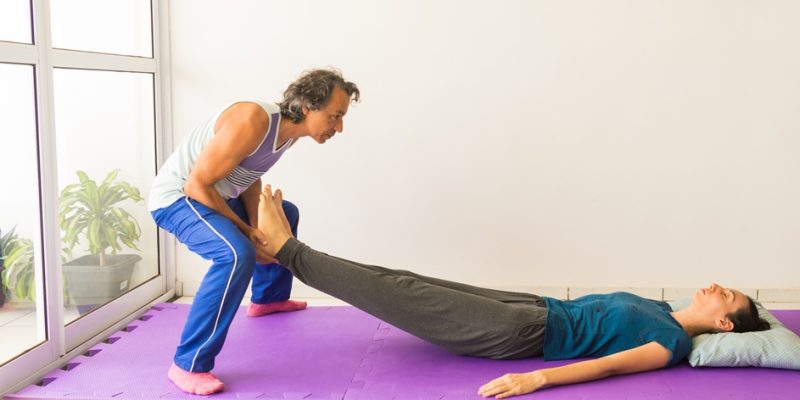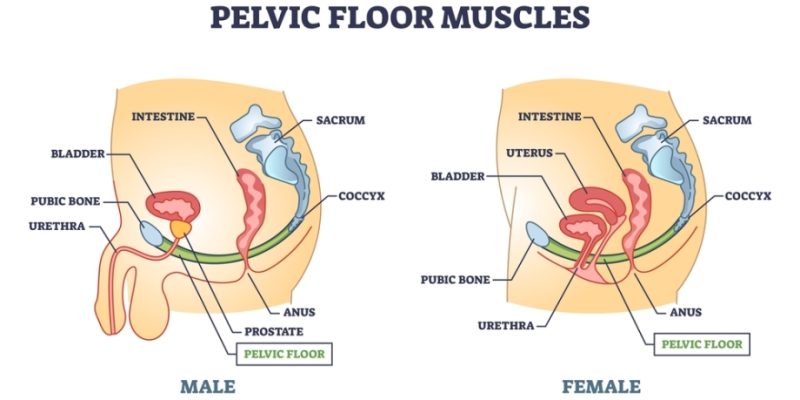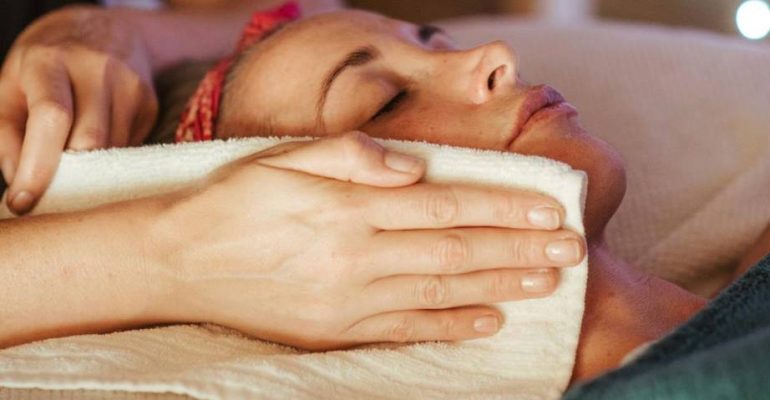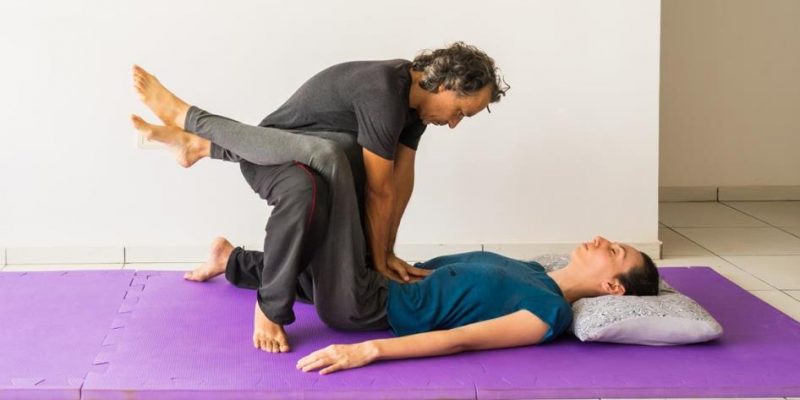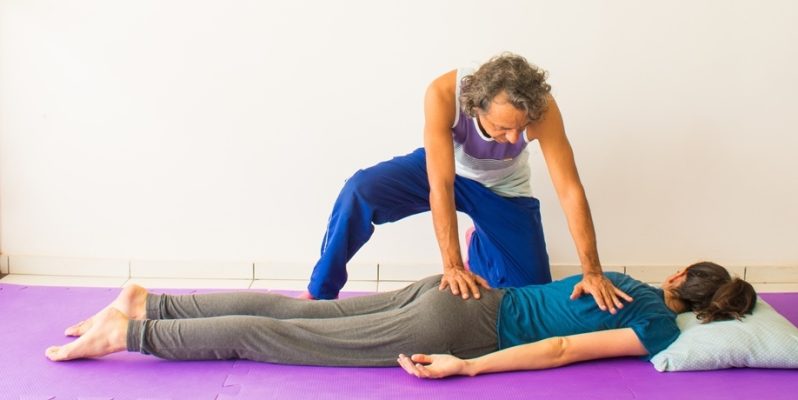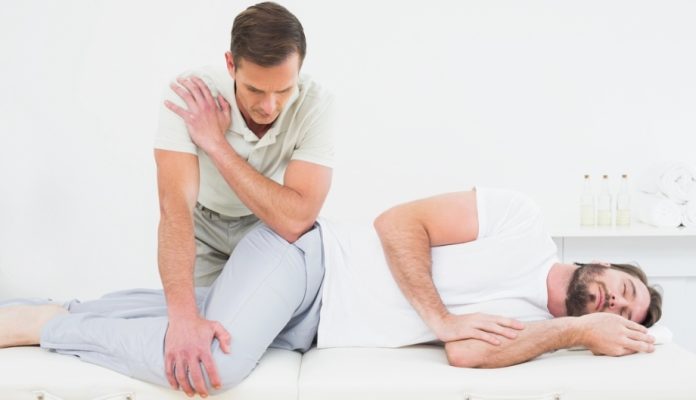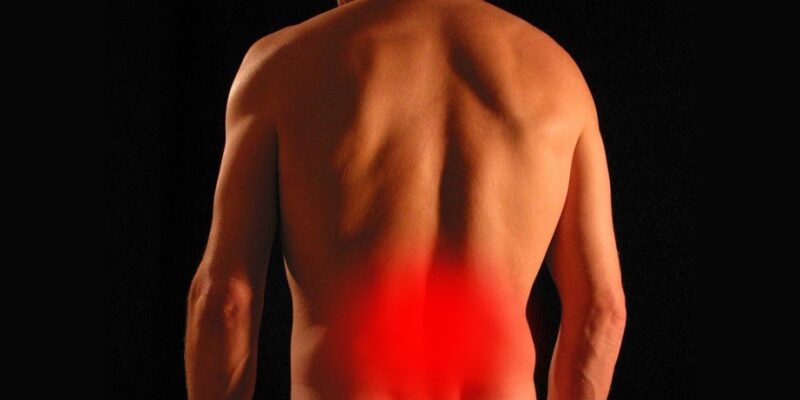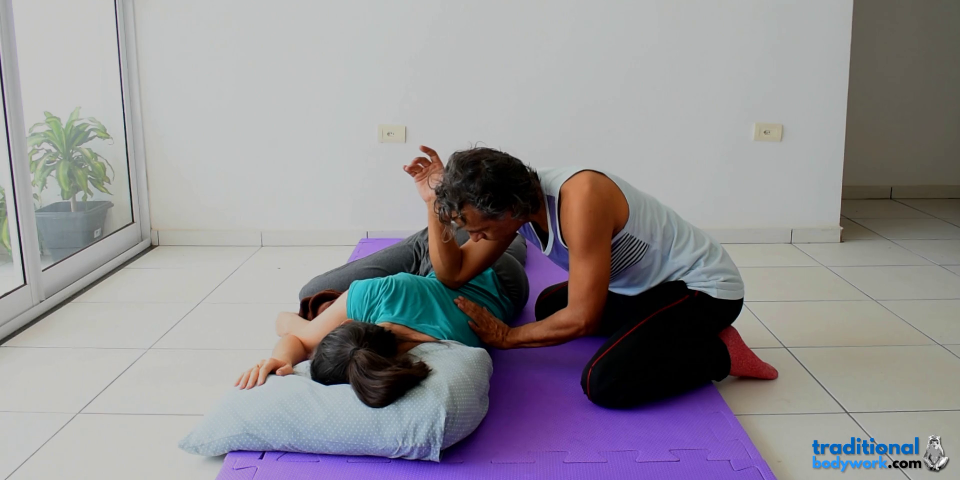
As a Thai Massage therapist I quite regularly had clients who during a session went through profound emotional release. At first I thought it was because of the way I gave Thai Massage sessions, which is always of a therapeutic nature accompanied with sustained pressure on bodily areas with knots, tensions, or constrictions. In fact, I simply thought they cried or screamed of pain, which, by the way, was sometimes indeed the case.

Yet today I understand that they went through a Body De-Armoring experience (in British English known as Body De-Armouring), but in the beginning of my career I found it all a bit eerie and mysterious. I think that was mostly because emotional release hadn’t been extensively addressed in my trainings. Moreover, I couldn’t identify if or when people would experience it within a session and why or why not.
Nevertheless, over time — and mainly through talks with my clients about their experience — I started to understand that there was almost always some kind of trauma connected to their moments of emotional discharge. Clients told me about sexual abuse, childhood issues, job or relationship problems, and so on, things they usually wouldn’t tell me in our intake sessions because they didn’t come to me for a Body De-Armoring session but “just” for a Thai Massage.
Still, even after I had quite some experience with these types of sessions I couldn’t find a pattern, that is, I couldn’t understand what body parts would trigger release (or when) because it was always different, depending on the client. Today again, I understand that all body parts are susceptible to Emotional Armoring and as such also for Dearmoring. This phenomenon is well-described in Wilhelm Reich’s Segmental De-Armoring theory.

Nevertheless, I did discover that certain body parts are more prone to Armoring. In most cases, muscular and fascia tensions and obstructions (but sometimes also numbness and disconnectedness) are encountered in the abdominal and pelvic region, in the groin, and in the chest and back area.
Yet, I also had clients who went through emotional release while I was working in their neck or with the jaws. But on the whole you could say that it can happen with each body part, and as Thai Massage is a whole-body massage treatment you’ll encounter emotional release in the most awkward body locations.
So, to be somewhat better prepared I changed the way I did my intake and inquiry sessions by more explicitly asking after past trauma or known emotional blockages. I also prepared my clients better by more clearly explaining to them that they would might go through an experience of trauma release with possible uncontrollable moments of crying, anger, shouting, hitting, trembling, shaking, sadness, fear, and whatnot.
Gradually, over time, I could better predict if someone would possibly go through an Emotional Body De-Armoring experience or not. I also learned to work more trauma-informed, as it’s called. In fact, my Thai Massage job changed somewhat by becoming rather a blend of masseur, coach, and counselor.

Nowadays I know a lot more about De-Armoring — I dived into the practice and wrote a book about it — and also understand that actually any massage or bodywork modality can be used to De-Armor individuals. It depends much on how you use the techniques, with what intentions, and also on the client being open or willing (either consciously or subconsciously) to De-Armor emotionally.
At the time that I wrote my Body De-Armoring book I also discovered that quite some therapists use Thai Chi Nei Tsang Abdominal Massage for De-Armoring purposes, and I also found a De-Armoring treatment modality that explicitly uses Thai Massage (or Thai Yoga Massage, as they say) to De-Armor clients, called the Integrative Somatic Therapy Practice™.
At any rate, I think it’s important for Thai Massage practitioners and therapists — notably those who work therapeutically — to be aware of the possible existence of suppressed and repressed emotions and trauma in their clients and the fact that their sessions may trigger trauma resurfacing and release. It calls for a trauma-informed approach to performing Thai Massage sessions, most notably by having the skills and knowledge not to add to the client’s trauma but give them the space for release and/or giving them pointers to finding professional healthcare resources to start dealing with their issues.







